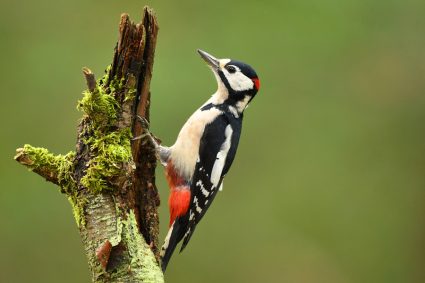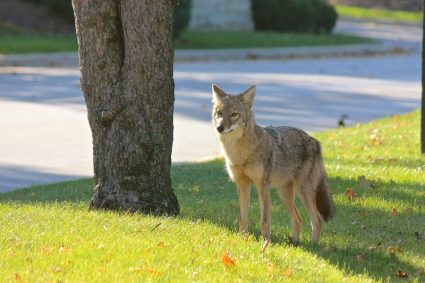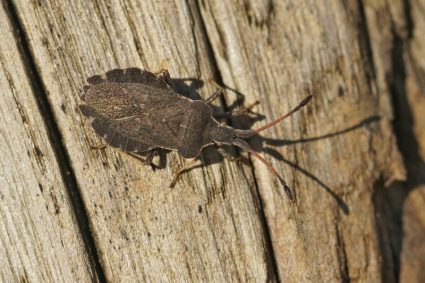
Understanding the animal kingdom can often be a complex task due to the vast number of species and the similarities they share. Two such creatures that often get mistaken for each other due to their similar appearances and defense mechanisms are the Zorilla and the Skunk. Despite some apparent similarities, these two animals have numerous differences that set them apart.
Zorillas and Skunks, although similar in appearance, belong to different families, with Zorillas in the Mustelidae family and Skunks in the Mephitidae family. Zorillas are native to Africa, primarily carnivorous, have distinctive white spots and stripes, and are known to be more aggressive. Skunks are native to North and South America, are omnivorous, have a white stripe and a bushy tail, and are generally non-aggressive. Their mating seasons and reproductive habits also differ.
Taxonomy
The Zorilla, also known as the striped polecat, belongs to the Mustelidae family, which includes animals such as weasels and badgers. The Skunk, on the other hand, is part of the Mephitidae family. This fundamental classification difference is the basis for many other distinguishing factors between these two creatures.
Geographical Distribution
Zorillas are native to Africa, primarily in Central, Southern, and sub-Saharan regions, excluding the Congo basin and coastal areas of West Africa. Skunks, however, are found in the northern hemisphere, predominantly in North and South America. This geographical separation is a significant factor in their differing adaptations and behaviors.
Diet
A striking difference between these two species is their diet. Zorillas are carnivorous, primarily feeding on rodents, frogs, lizards, snakes, birds, and their eggs. Skunks, in contrast, are opportunistic feeders with an omnivorous diet. They consume a variety of foods ranging from plants and insects to snakes, birds, and rodents. This difference in diet is reflective of their respective habitats and the food sources available therein.
Physical Appearance
While both Zorillas and Skunks have coarse black hair with white spots and stripes, there are distinct differences in their markings and tails. Zorillas have three distinctive white spots on their faces and four white stripes running down their backs. Skunks, on the other hand, have a white stripe that runs along their body and a large, bushy tail. The Zorilla’s tail, resembling that of a ferret, is long and sleek in comparison.
Behavioral Traits
Both Zorillas and Skunks are nocturnal and solitary, but their behaviors differ in other aspects. Zorillas are known to be more aggressive and territorial, marking their territory with feces and anal spray. Skunks, on the other hand, are generally non-aggressive. They display warning signs, such as foot stamping and forming a “U” shape with their body, before resorting to spraying their potent anal secretion.
Reproductive Habits
Zorillas and Skunks also have different mating seasons and reproductive habits. Zorillas breed from early spring to late summer, while Skunks breed from February to March. Additionally, male Skunks do not participate in the care of their offspring, whereas Zorillas exhibit parental care from the female.
Conservation Status
Zorillas, despite being threatened by habitat loss and fragmentation, are listed as a species of least concern on the IUCN Red List of Threatened Species. Skunks, with an abundant population and adaptability to human-modified environments, are also not considered threatened.
In conclusion, while Zorillas and Skunks may seem similar at first glance, they are, in fact, quite different. From their taxonomy and geographical distribution to their diet, physical appearance, behavioral traits, reproductive habits, and conservation statuses, these two species are unique in their own ways. By understanding these differences, we can appreciate the diversity within the animal kingdom and the importance of each species in maintaining the balance of our ecosystems.
Frequently Asked Questions
What is the lifespan of a Zorilla and a Skunk?
The average lifespan of a Zorilla in the wild is approximately 15 years, while Skunks can live up to 7 years in the wild, but often live longer in captivity.
Do Zorillas and Skunks have any predators?
Both Zorillas and Skunks have few predators due to their potent defense mechanisms. However, large birds of prey, wolves, and foxes can be potential predators. In addition, humans pose a threat through hunting and habitat destruction.
What is the gestation period for Zorillas and Skunks?
The gestation period for Zorillas is around 36 days, while for Skunks, it lasts approximately 62-66 days.
Are Zorillas and Skunks dangerous to humans?
Neither Zorillas nor Skunks are typically dangerous to humans unless they feel threatened. However, their defense mechanisms – spraying a potent and foul-smelling liquid – can cause temporary discomfort and irritation.
Can Zorillas and Skunks be kept as pets?
While some people do keep Skunks as pets (after having their scent glands removed), it’s not recommended due to their complex dietary and care needs. Zorillas are generally not kept as pets due to their aggressive nature and potent smell.












